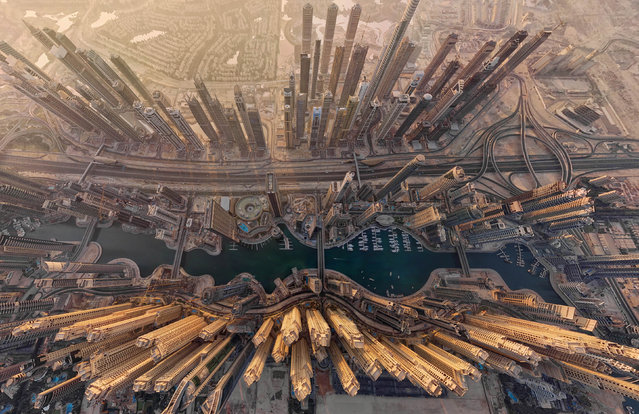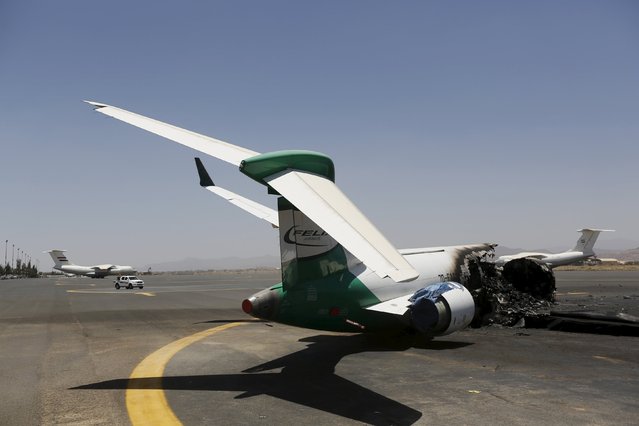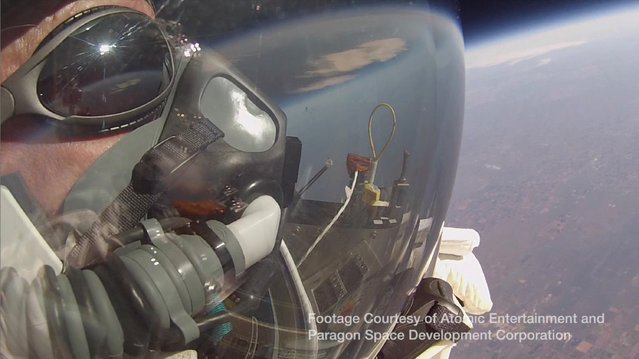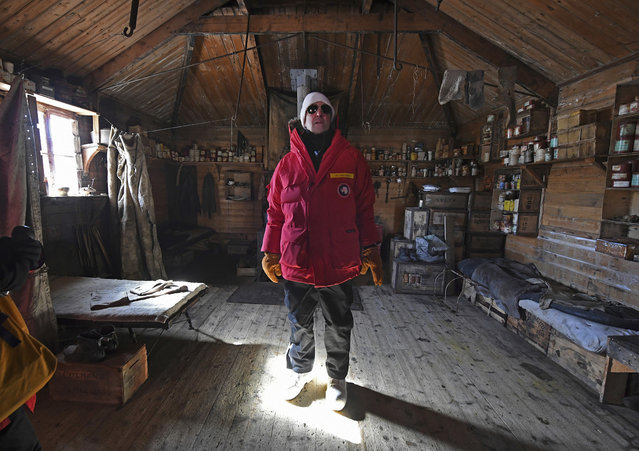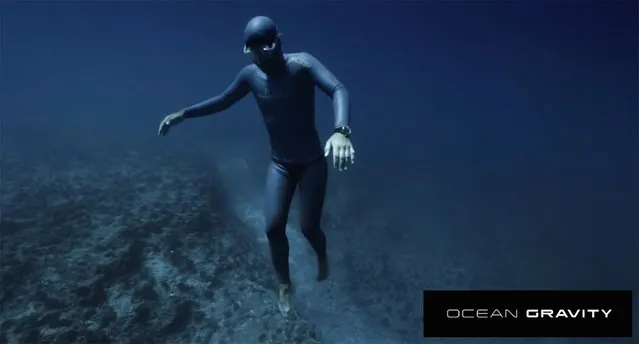
Elements of nature are too powerful for humans to subdue, yet it didn’t stop the most courageous individuals from trying. Conquering air, land, fire, water, and even the very fabric of reality – this is the ultimate goal of humanity. For now, we can only marvel at the beauty and tremble in awe before the Mother Nature. A short film “Ocean Gravity,” written and directed by Julie Gautier and Guillaume Nery, reminds us of how small and insignificant a human body is, as it is being swept away by an ocean current. Nevertheless, it never stopped people from attempting to subjugate these unstoppable forces, and someday, maybe the humanity will come out victorious.
26 Feb 2015 15:49:00,post received
0 comments

